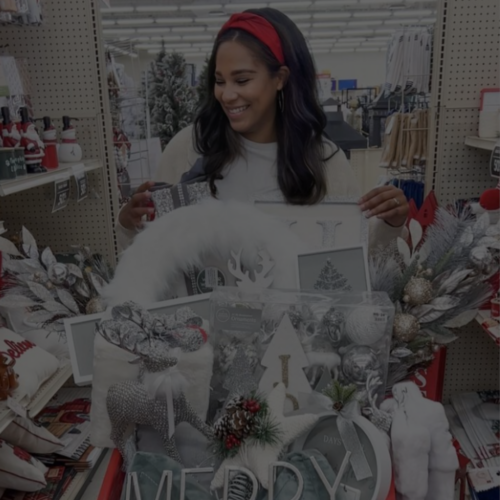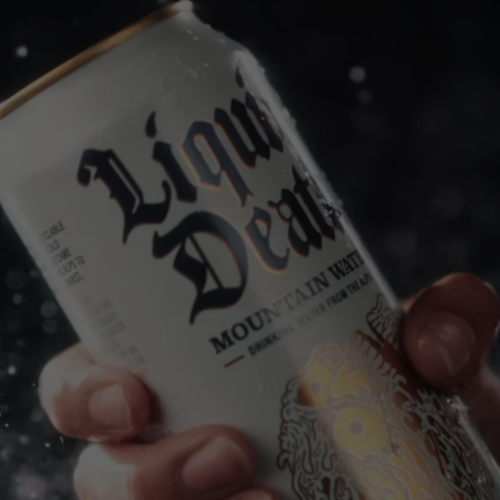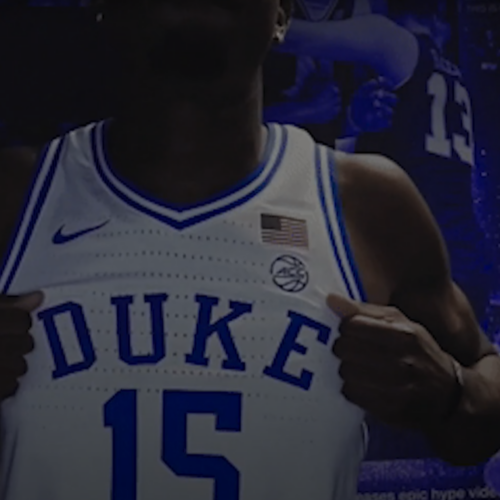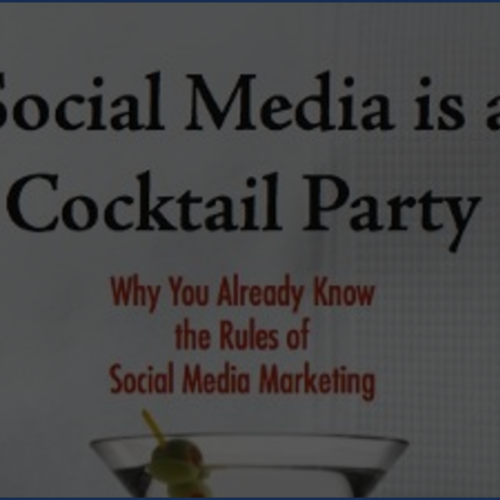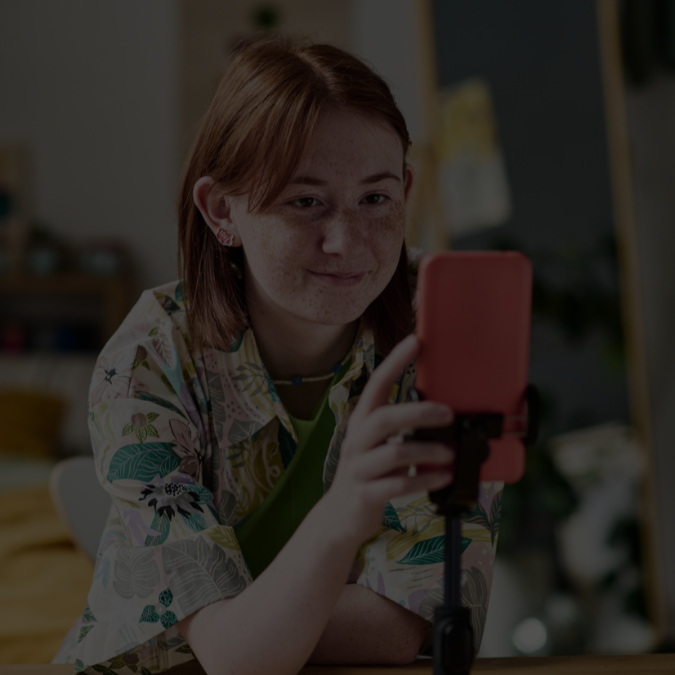
08 Jan Buzzwords Decoded: 32 Social Media Marketing Terms Explained
In the fast-paced world of social media marketing, it’s essential to stay up to date with the latest trends and terminology. As marketing professionals, you’ll want to be in the know about the buzzwords that are shaping the landscape in 2024. So, without further ado, let’s dive into these 30 must-know terms.
What does UGC mean?
This is User-Generated Content, the holy grail of social media. It’s the content your audience creates for you. It’s like having an army of brand ambassadors spreading your message.
What does Evergreen Content mean?
Think of this as the timeless content that keeps on giving. It’s the post that never goes out of style and continues to engage your audience long after it’s been published. It’s in contrast to seasonal, or time-limited content.
What does De-influencing mean?
While influencer marketing is generally focused on positive praise for products, “de-influencing” is when influencers or content creators share advice on which products they think you should not buy.
What does Hate Follow mean?
Hate followers are those who can’t resist engaging with your content, even if it’s just to criticize or argue. Hey, engagement is engagement! But when picking influencers for your brand, make sure their engagement rate isn’t high just because nobody likes them.
How do you define Impressions in social media?
The digital footprints left by your content. While the various social networks have slightly different definitions, generally each time your content appears on someone’s screen, it’s counted as an impression.
What does Reach mean in social media?
Reach is different than impressions. While one viewer can have many impressions if they look at the content repeatedly, they’d only count one time in terms of reach. Reach is how many unique accounts were exposed to your content. Generally, there is no way to calculate reach across multiple social networks as a person reached on TikTok and also reached on Instagram will be counted twice.
How are Video Views defined in social media?
On the surface, this seems pretty obvious-—how many people viewed your video, but the platforms define a view different. Meta requires three seconds of watching to be a view. TikTok counts a view as soon as a video starts playing. YouTube requires someone to hit play (autoplay videos don’t count as views) and watch for 30 seconds. So not all views are created equally.
How do you define Engagements and Engagement Rate in social media?
The most common metric of content performance on social media. It’s all about likes, shares, comments, and any other interaction that shows your audience is invested in your content. Engagement rate is calculated differently depending on what data is available. On the platforms, it’s typically engagements/impressions. However, engagement rate calculations utilizing publicly available data are often calculated using engagements/followers, which shows a much lower rate and doesn’t necessarily represent the true number of people who saw the piece of content.
What does CPC mean?
CPC stands for Cost Per Click. It’s the price you pay when someone clicks on your ad. It’s a very common metric for paid social advertising.
What does CPM mean?
CPM is short for Cost Per Mille or the cost for every 1,000 impressions your ad receives. It’s another metric of efficiency for brand ad campaigns.
What does CTR mean?
CTR stands for Click-Through Rate. The percentage of people who clicked on your content after seeing it. A high CTR means your content is enticing.
What does CPV mean?
CPV is short for Cost Per View. The price you pay for each view of your video content. Great for video-centric marketing.
What does CPA mean?
CPA means Cost Per Acquisition. The cost of acquiring a new customer through your social media efforts. It’s a very important metric for e-commerce companies that can take a website visitor all the way through a sale. The lower the CPA, the more viable the business is generally.
What does Posting Cadence mean in social media?
Posting cadence refers to the rhythm of your content schedule. While some brands try to post daily, or even more than daily, often a slower posting cadence with higher quality content will win.
What does Organic mean in social media?
In essence, organic content is content that does not receive paid promotion. Getting 1,000,000 views organically is difficult. Getting 1,000,000 views with paid is just a question of budget.
What does KPI mean?
KPI stands for Key Performance Indicator. These are the metrics you use to measure your social media success. What gets measured gets improved. It’s important to be aligned internally around what success looks like for your social media marketing strategy.
What is a Tok?
Toks are slang for interests on TikTok. So you might follow #BookTok or #AnimeTok or #BakingTok. While TikTok started out mostly as a dance platform, there is now content for all sorts of interests on the platform.
What does Taps Back mean on social media?
Taps Back are when someone has seen a story frame but wants to see it again, so they tap back. A high tap back percentage indicates that your story was more interesting than most.
What is a .5 Selfie?
Capturing everyone in a group selfie can be challenging. A .5 Selfie is when you set your back camera on the iPhone to 5, turn the back of the phone toward you and snap away. On the downside, you can’t see the camera face. On the upside, you get a much wider shot.
What does Story Bumping mean?
This was started by Facebook as a way to resurface content you’ve already seen when it gets new engagement. While it’s good that brand content can get a second chance at engagement, it’s also one of the reason’s you see less new content on the platform.
What does 7-Day View or 7-Day Click mean?
This is an attribution model that track conversions within a 7-day window after a viewer sees or clicks on your ad. Other models might be 1-Day View or 1-Day Click, for example, which would count your conversion rate within one day of those activities.
What does Last Touch Attribution mean?
Crediting the last interaction (like a click or view) for a conversion. It’s not always the whole story, but it’s essential to know. Other models are “first touch attribution” which credits the conversion to the first marketing engagement, and “multi-touch attribution” which tries to track all the engagements and weight them in some way to measure the effectiveness of different platforms.
What does CTA mean?
Not to be confused with CPA, a CTA is simply a Call to Action, such as “buy now” or “subscribe.” This is the prompt that tells your audience what to do next. Don’t leave them hanging; guide them through the conversion funnel.
What does Benchmark mean in digital marketing?
A benchmark is your baseline for measuring success. It’s what you strive to beat with each new campaign. It might be based on industry averages or another campaign run by the brand.
What is a Look-a-Like Audience in social media?
Creating an expanded audience based on the characteristics or behaviors of an existing audience. It’s like finding your brand’s doppelgängers and might be based on current customers or even an audience that engages on social media.
What does Trending mean in social media?
The content everyone’s suddenly talking about. Be ready to jump on the trend train when it aligns with your brand, but certainly not all of them. Trending measures a sudden increase in popularity versus total popularity, so a topic that is always of high interest will not usually be trending.
What does FTC Compliance mean in influencer marketing?
Staying on the right side of the law by disclosing sponsored content and adhering to advertising regulations. In the United States, the Federal Trade Commission monitors these disclosures and requires them to be “clear and conspicuous” if there is any “meaningful connection” between the brand and the person posting the content, such as payment, free product or even a close relationship.
What does Newsjacking mean?
Seizing the moment by incorporating current events or trends into your social media strategy. Done well, it can result in great content, but a brand choosing the wrong approach can seem tone deaf or spammy.
What does Clickbait mean?
The tempting titles and thumbnails that lure users into clicking on your content. But be careful, it’s a fine line between curiosity and annoyance.
There you have it, thirty essential social media marketing buzzwords of 2024. Stay ahead of the curve, experiment, and always keep learning in this ever-evolving digital landscape. Happy marketing!


